
Registration


A study of 161 seniors found that regular Nordic Walking significantly improves health self-assessment in older adults, confirming it as an optimal form of physical activity for the elderly. Further research is recommended to explore its biological and psychological benefits.

Nordic Walking proves to be a viable and effective training method for patients with moderate to severe COPD, providing higher exercise intensity and physiological benefits compared to traditional walking tests.

A 12-week study shows that Nordic Walking significantly improves cardiovascular fitness in sedentary obese women, offering an effective and sustainable alternative to traditional walking for promoting long-term lifestyle changes.

Nordic Walking activates upper body muscles more than conventional walking but does not increase movement complexity, making it a suitable physical activity even for those with limited motor skills.

Nordic Walking improves gait parameters and reduces lower limb load compared to regular walking, making it an efficient and joint-friendly exercise option.
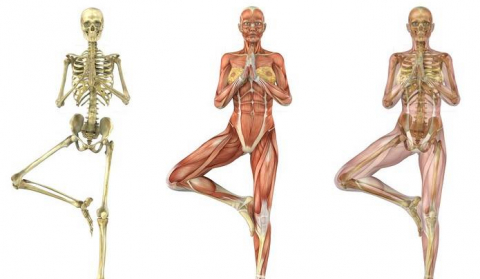
This study assessed the physiological responses of healthy middle-aged women during Nordic Walking, regular walking, and jogging, revealing differences across these popular forms of aerobic field exercise.
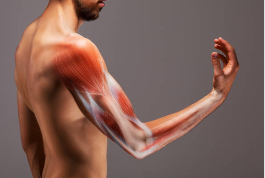
Proper Nordic Walking technique significantly increases muscle activation and metabolic intensity compared to modified styles, suggesting that technical training can maximize its health benefits.

A 3-month Nordic Walking program significantly improved cardiovascular health and aerobic capacity in elderly women, confirming its effectiveness as a moderate yet impactful form of physical activity.
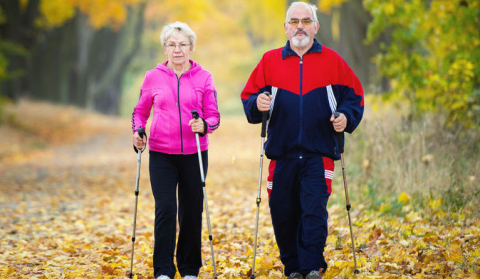
A 15-week Nordic Walking program at moderate-to-high intensity significantly improved functional capacity and reduced activity limitations in women with fibromyalgia, proving to be a feasible and effective exercise option.
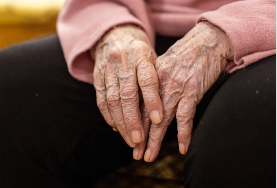
A systematic review of randomized clinical trials confirms that Nordic Walking, performed at moderate to high intensity, improves gait, balance, motor function, and quality of life in people with Parkinson’s disease.

In breast cancer survivors, Nordic Walking—especially when combined with the ISA method—led to significant reductions in upper limb circumferences and body water, suggesting its effectiveness in managing post-surgical lymphedema compared to regular walking.

A 12-week Nordic Walking program increased overall leisure-time physical activity and effectively reduced body weight, fat percentage, and leptin levels—outperforming resistance training in improving metabolic health markers.

A 12-week Nordic Walking program combined with vitamin D supplementation improved lipid profiles and physical fitness in elderly women, unlike supplementation alone or no intervention.

Nordic Walking significantly improved adipokine levels, reduced body fat, cholesterol, and liver fat index in men with impaired glucose regulation, showing the most beneficial effects on metabolic syndrome risk factors.

This study found no evidence that Nordic Walking reduces knee joint load compared to regular walking, despite greater hip range of motion and knee flexion angles observed during Nordic Walking.
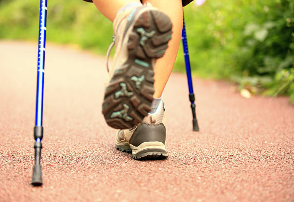
Nordic Walking competitions combine the spirit of sport with health promotion, offering a unique form of mass recreation that engages diverse age and fitness groups.
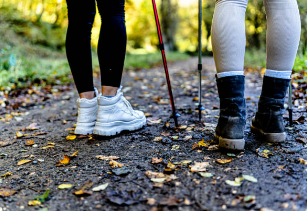
Nordic Walking is a simple, low-cost, and effective lifetime physical activity that can be successfully integrated into school programs to improve students' health, motor skills, and engagement in outdoor movement.

This study explores how regular Nordic Walking affects mental well-being and how socio-ecological factors influence participation, offering new insight into the activity’s psychological and environmental dimensions.

This conceptual study explores Nordic Walking as more than physical activity—revealing its role in shaping identity, performing public space, and creating a sense of place.

A 12-week supervised Nordic Walking program improved walking ability and enhanced antioxidant protection in patients with intermittent claudication, reducing oxidative lipid damage.
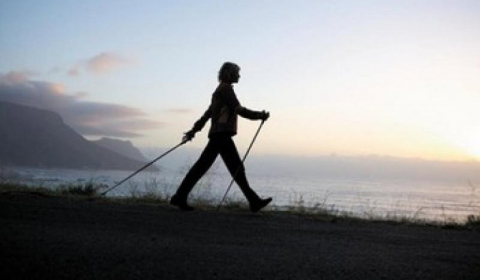
This study confirms that Nordic Walking imposes a significantly higher cardiovascular and metabolic load than natural walking—without increasing perceived effort—making it an effective and accessible fitness activity.
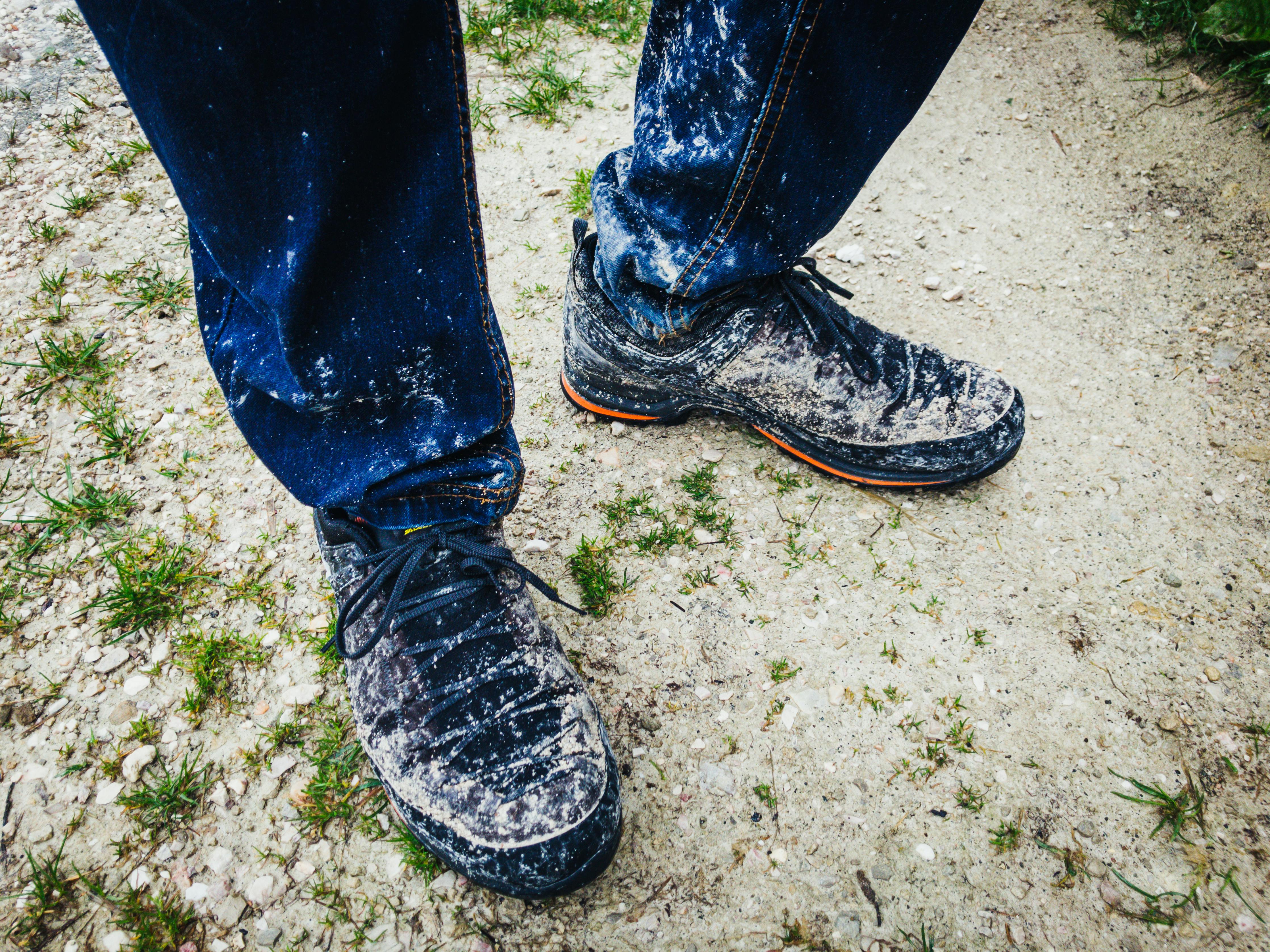
This study found that Nordic Walking generates higher ground reaction forces and shock impacts compared to regular walking, particularly at heel strike, highlighting biomechanical implications for health and injury prevention.

This study proposes Nordic Walking as a safe, accessible, and effective exercise model for cancer survivors, helping overcome physical activity barriers and improving quality of life.
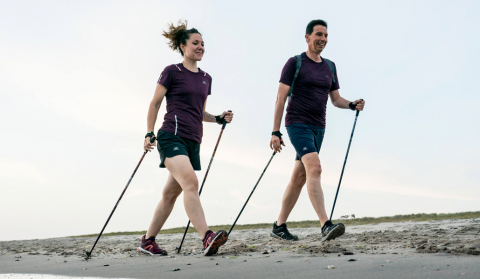
Contrary to popular belief, this study found no significant reduction in lower limb loading during Nordic Walking compared to regular walking, with some tracks even showing slightly higher forces at heel contact.
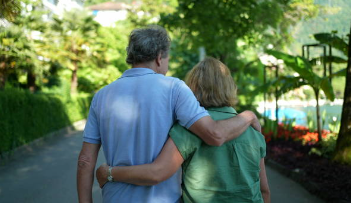
This study demonstrates that elderly people who regularly practice Nordic Walking exhibit gait patterns more similar to younger adults than to sedentary peers, suggesting its effectiveness in preserving gait quality during aging.

Nordic Walking is a full-body exercise that evolved from Finnish health initiatives and has grown into a globally popular, safe, and accessible physical activity suitable for people of all ages.
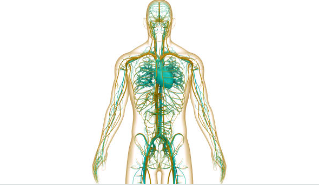
Nordic Walking is a safe, low-impact exercise offering significant physiological and psychosocial benefits for people with lymphoedema, making it an ideal component of holistic care programs.

In patients with peripheral arterial disease, a 24-week traditional walking program was more effective than Nordic Walking in improving walking endurance, despite both being safe and structured forms of rehabilitation.
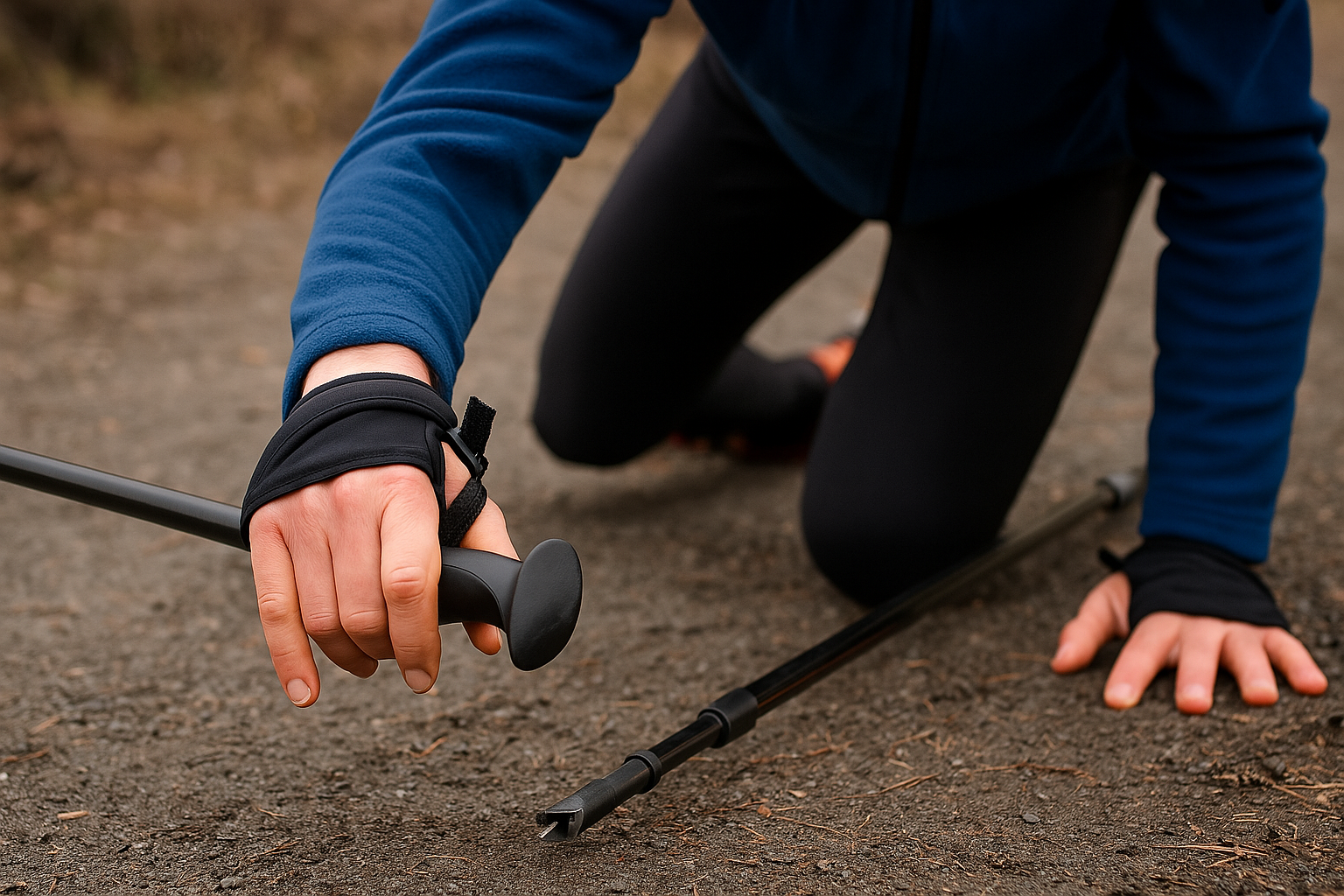
Nordic Walking is a generally safe sport, but this study identifies “Nordic Walking Thumb” as a specific and recurring injury caused by falls with improper pole handling.
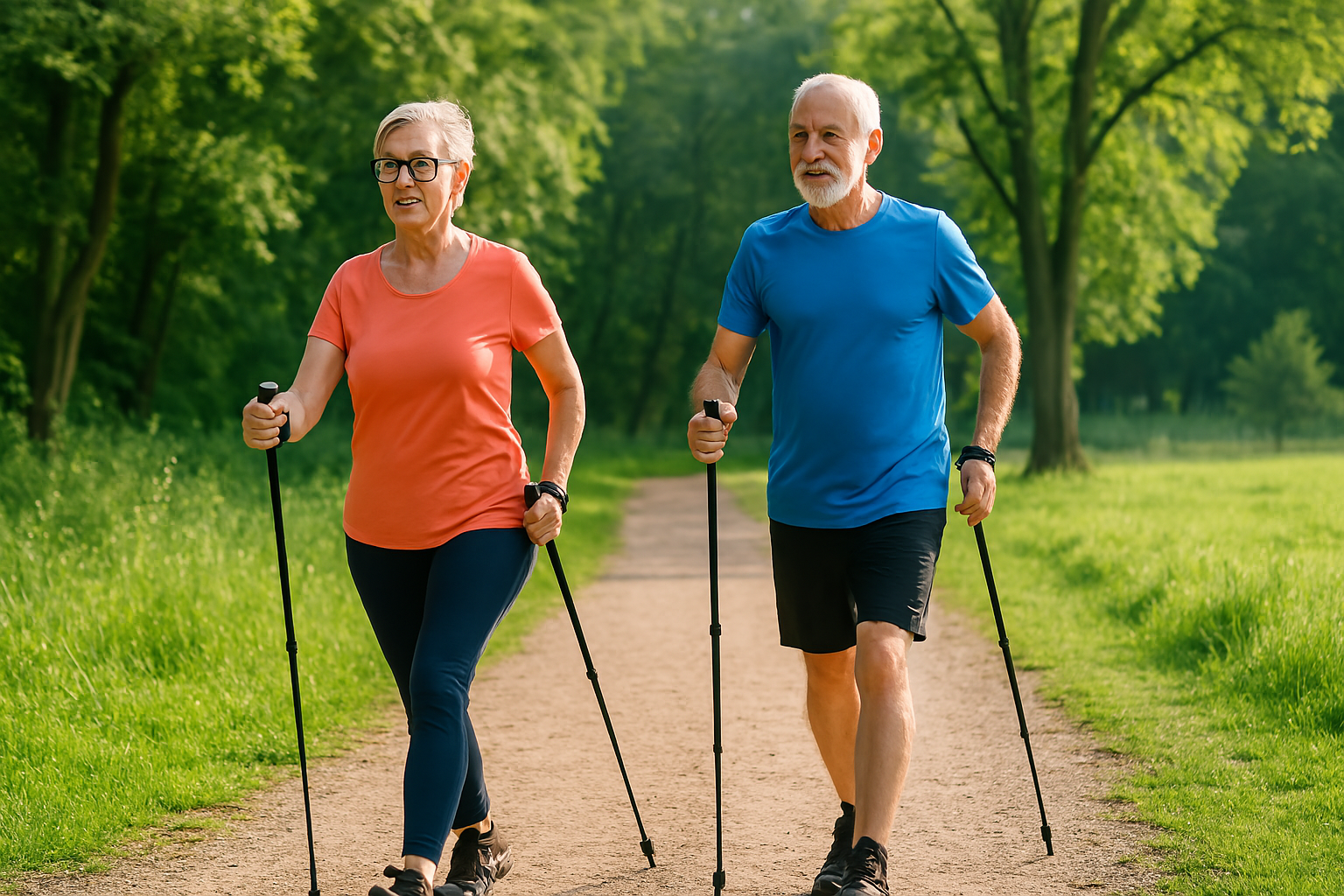
This study confirms that Nordic Walking increases metabolic demand by approximately 11% compared to regular walking, offering a more effective way to boost fitness and upper body strength without extending exercise time.
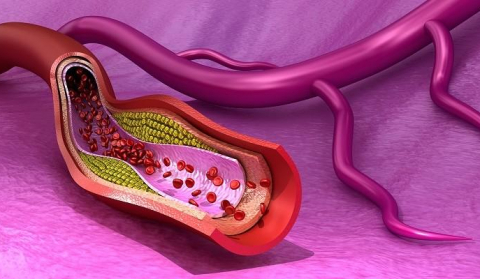
This case report describes a rare occurrence of Mondor’s disease in a man following intensive Nordic Walking training, highlighting the importance of considering new physical activities in the evaluation of superficial thrombophlebitis.

The PAM study investigates whether structured physical exercise, including Nordic walking, can improve cognitive function and brain health in breast cancer survivors who experienced cognitive decline after chemotherapy.

Nordic Walking offers significant physiological and psychological benefits in managing cancer-related fatigue, positioning it as an effective, low-effort therapeutic exercise for cancer patients and survivors.

This article proposes Nordic Walking as a safe, effective, and accessible physical activity to be formally prescribed for patients with lymphoedema after breast cancer, offering physiological, psychosocial, and practical benefits.
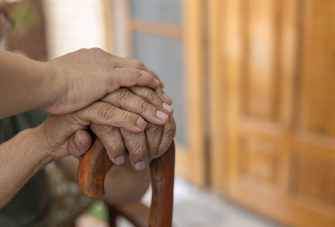
This clinical trial examined the effects of Nordic Walking vs. regular walking in sedentary older adults. Both interventions led to similar improvements in walking speed, balance, and quality of life over eight weeks.

This systematic review confirms that Nordic Walking is an effective and accessible form of exercise for overweight and obese individuals, promoting weight loss, improved body composition, and better metabolic health—especially when combined with dietary control.
© 2024 onwf.org | Original Nordic Walking from Finland